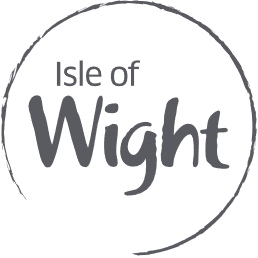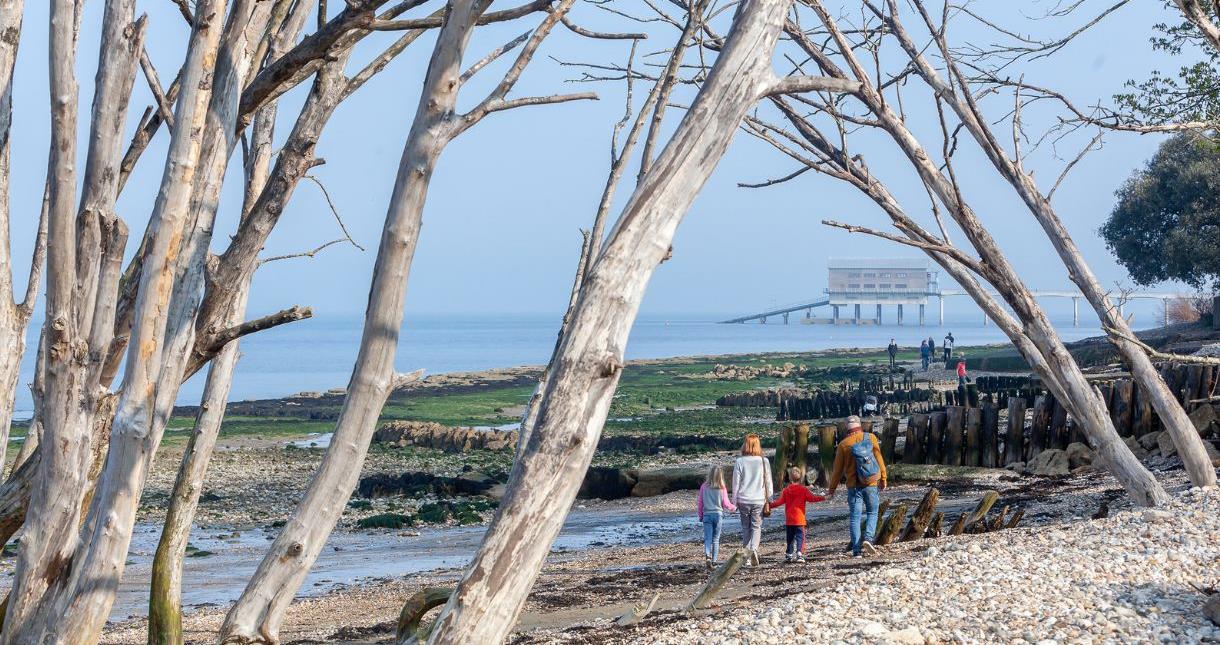The Isle of Wight is a true walker’s paradise. As one of the UK’s most beautiful places to enjoy the outdoors, we welcome thousands of walkers to the Island year after year as they explore our 68-mile-long coastal path and our criss-cross network of footpaths and trails.
The Needles chalk stack is one of the most photogenic and iconic landmarks on the Isle of Wight that walkers won’t want to miss. These tall, jagged rocks mark the very western tip of the Island and can be spotted emerging from the rolling hills of Tennyson Downs on the south west coast. The Freshwater Bay to the Needles circular route is the perfect hike for ramblers looking for a challenge.
More than half of our Island is a designated Isle of Wight National Landscape (formerly known as Area of Outstanding Natural Beauty) which offers breath-taking scenery everywhere you look. Our southern beaches provide not only a great place to rest but also an exciting and fascinating insight into the prehistoric reality of dinosaur life on the island.

The Coastal Path
The Isle of Wight Coastal Path can be split into six sections and takes you around the whole circumference of the Island. You’ll pass through busy harbours in sailing towns, sandy seafronts on award-winning beaches and wildlife havens at serene nature reserves.


Themed walks on the Isle of Wight
The Isle of Wight is steeped in history, culture, music and the arts ranging from Queen Victoria’s holiday home to evidence of dinosaur life. Whether you enjoy taking a step back in time, learning about fossils or our literary heroes, there’s a walk here for you.


Family-friendly walks
There are plenty of areas on the Isle of Wight where your children can enjoy walking in a safe and fun environment. Along the beach or through the woods, take your pick from our family-friendly selection here.

.jpg)
Isle of Wight dog walks
Spring is the perfect season to enjoy the Isle of Wight’s stunning scenery with your four-legged friend. From windswept coastal trails to peaceful woodland paths, there are plenty of routes to stretch those paws and take in the fresh island air. Discover the top spots for an Isle of Wight dog walk in our handy guide.

.png)
Travelling to and around the Isle of Wight on foot
The Isle of Wight is easy to access as a foot passenger and once you arrive you’ll find it just as easy to get around. Red Funnel, Wightlink and Hovertravel offer high-speed services for foot passengers and each Island terminal has excellent onward travel links by bus. If you’re travelling to Ryde, you’ll also be able to explore the east side of the Island by train directly from the Pier Head. Visit our sustainable travel page for further information.

.png) Other great sources of information
Other great sources of information

 to add an item to your Itinerary basket.
to add an item to your Itinerary basket.











.jpg)
.png)
.png)





.png)






like, follow, share....join in!
Facebook
Twitter
Instagram
YouTube
TikTok
Threads